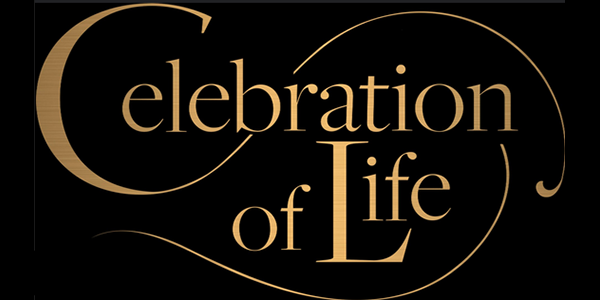By Anthony Robinson from Crosscut.com
Perhaps it is worthwhile to remind ourselves that the first Christmas wasn’t all comfort and joy either. The Christmas story is a nuanced and complex one. It’s not a cover-up of all that is hard in life. It is rather perceiving an outline of grace amid life’s pain and tragedy.
Take the opening lines of Luke’s version of the Christmas Story, “In those days a decree went out from Caesar Augustus that all the world should be registered.” Joseph and Mary made a difficult and ill-timed (at least in some ways) journey, because the absolute and oppressive power of an occupying empire and its army compelled them to do so. Moreover, shortly after the birth of Jesus, Joseph and Mary found themselves refugees fleeing to Egypt (this in Matthew’s Gospel) to escape the pogrom Herod had launched aimed at all Hebrew newborn boys. Their story is mirrored in that of contemporary refugees crossing danger zones and hoping to find a safe camp.
Then there’s the fact that Mary is pregnant without benefit of marriage. Initially Joseph planned to divorce her, which was what, according to cultural norms of the time, an upright man ought to have done. But Joseph decided, probably at risk of sanction and embarrassment, to stand by the woman to whom he was engaged. Must have been hard for them both, in different ways. Who knows how their families reacted to it all.
What about the folks who show up at the manger to celebrate the birth? We wrap them in starlight and sentimentality. But shepherds were not rustic fellows well-met in that culture. They were more like ne’er-do-wells. They were poor. They were looked down upon by decent folks because their work schedule meant they couldn’t fulfill expected religious obligations. And the wise men or magi had also run afoul of Herod, having to travel home by a detour to avoid the threat of the crafty tyrant.
One could go on, but perhaps it is enough, finally, to remind ourselves that the child, who was a new and different sort of king, was born not in a palace or a well-appointed hospital birthing room, but in a shed or manger, because “there was no room for them at the inn.” They were homeless and lacked health care coverage. The inn, and in some sense the world, had little room or welcome for this child. It remains true for far too many children today.
So the story of Christmas itself isn’t all bright reds and dark greens. It’s blue to start with. It is a story of oppressive power, a flight from the threat of violence, a family that is pretty much alone and vulnerable.
We’re wrong if we tell ourselves that Christmas is only and always about fun, festivity, happiness, and merriment. It’s more complex than that.
There is evil and sadness in this story, as there is in life. But that’s not all there is. There is also an outline of grace, of love and meaning, not apart from these harder realities, but in the midst of them. In the midst of suffering and fear, grace — the story says — still comes. Love still takes a risk coming in unexpected ways and to unlikely people.
The colors of Christmas are many. The story isn’t just for the bright-colored times of life or for the happy or successful people. In fact, it may be most of all for those who know loss and heartache, but who yet manage to hope. For those who hope and love anyhow.
To read the full article, go to crosscut.com/2011/12/15/religion/21678/The-colors-of-Christmas/
Anthony B. (Tony) Robinson is President of Seattle-based Congregational Leadership Northwest. He speaks and writes, nationally and internationally, on religious life and leadership. He is the author of 10 books, including Common Grace (Sasquatch Books). His website is www.anthonybrobinson.com.
**If you are reading theOrcasonian for free, thank your fellow islanders. If you would like to support theOrcasonian CLICK HERE to set your modestly-priced, voluntary subscription. Otherwise, no worries; we’re happy to share with you.**








This about says it except that it lacks inclusivity–the winter holidays aren’t only about Christmas. Let us draw all traditions into its compass. I think that’s what Jesus intended.
It is actually a great and helpful piece of info. I am glad that you shared this helpful information with us. Please keep us informed like this. Thanks for sharing.
What i do not understood is if truth be told how you’re now not really a lot more well-appreciated than you might be right now. You are very intelligent. You know thus significantly in the case of this matter, made me in my opinion consider it from so many various angles. Its like women and men aren’t involved until it is something to accomplish with Lady gaga! Your own stuffs excellent. All the time maintain it up!